How to Share a Family Tree on Ancestry
Years ago when I started researching my own family tree it was because I was disconnected from my family for various reasons. I didn’t really know much about where I came from and the people who made up my family history.
It was slow going as I did not have much to work with but using creativity and a little luck I finally started making breakthroughs. Today I have a pretty extensive tree with hundreds of names dating back as far as the late 18th century.
Ancestry is Our Top Recommendation
If you love genealogy and family history research, then you must know Ancestry. They are the best way to discover the rich stories of your family!
With over 30 billion (seriously!) records in their database, you can research your family and discover amazing details you may never have known about your ancestors.
With a 14-day free trial, it's very easy to get started and discover your past!
Get Started →Along the way I have spoken with siblings and cousins about the research and they have shown varying degrees of interest in the topic. I tell them the stories of some distant ancestor and their struggles and many find this interesting and want to know more.
The problem is I can’t explain it all verbally it just gets too confusing so I quickly realized that to do it justice I simply needed to be able to share my work with the family. As all of my tree information is on Ancestry.com I had to learn how to share this information so in this post I will teach you what I learned on this subject.
Why You Should Share Your Family Tree With Family
I’m one of those people that has the patience, focus and drive to sit for hours researching family history. I’ll be honest it is the kind of thing that can quickly become tedious unless you have a real passion for the process and truly enjoy doing the work.
In truth not everyone is wired that way and many people's eyes would glaze over if they had to trawl through pages of a census in search of a specific name or spend hours correlating information. There’s always someone in a family who cares about the history and in mine that person is me.
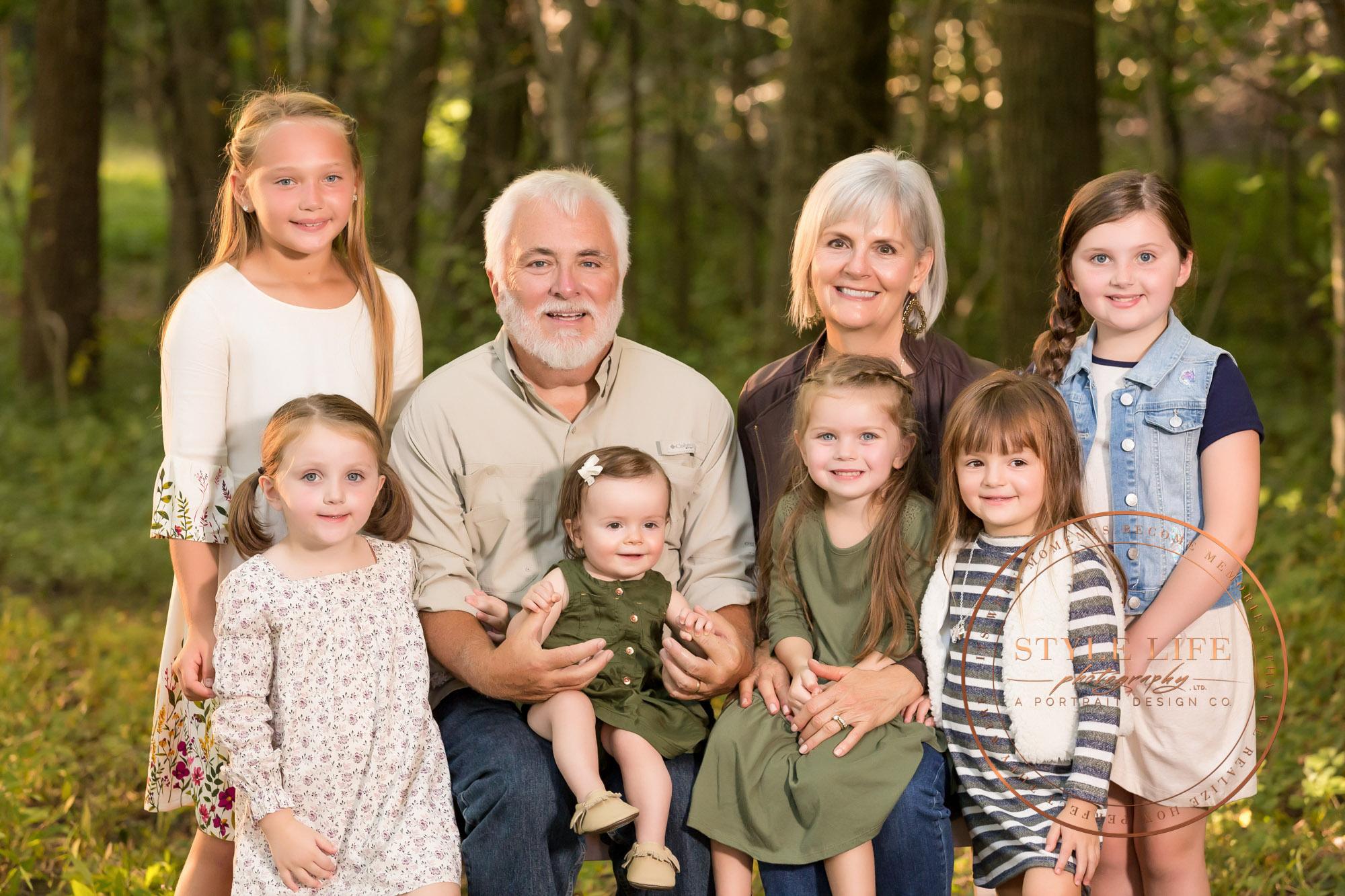
I therefore fully understand then that most of my family has no interest in the research aspect but they do often get a kick out of finding out that one of our ancestors was arrested for attempted bigamy. So even though I did all this work I have an obligation to share it with my extended family.
The journey started out as a personal quest for me so I might be forgiven for being covetous of its results but truly what worth is the work if I do not share? I have shared the tree with all of my siblings, my favorite nephew who also has a slight interest in the subject and several cousins who I found through my research.
You Can Share It With the World
It’s not just your immediate family who might be interested in the work you have done on your tree. There are several websites that have created a community where people can add their information to a global tree.
One of these sites is Wikitree which runs an extensive project to which you can share your family tree details. In fact I even found a fourth cousin through sharing my tree on Wikitree. They noticed we shared a common ancestor and reached out to me.
I am very glad I made this connection as since then this cousin has been able to furnish me with family stories and even a wonderful picture of my great-great grandparents Benjamin and Charlotte (Rees) Davies.
So becoming part of the global family tree can be hugely rewarding and may actually help you further your knowledge of your family history.
Have You Built Your Tree Yet?
Some of you readers may not have started building your trees yet and have researched this question to see if it is worthwhile doing so using Ancestry.com. You already know you will want to share your work and perhaps you have family eagerly awaiting the results of your work.
Well let me assure you that if you are in any doubt as to whether Ancestry.com is the right place to build your tree so you can share it with others fret no longer because it most certainly is. I have family trees built on other sites other than Ancestry but this is only because I was able to upload my tree to those sites from Ancestry itself.
As a research site I am a big fan of Ancestry.com. It is unquestionably one of the best and if you can afford it a membership is well worth the money for a committed family historian. Even if you can’t afford to be a member you can do your research independent of the site but still build your tree on Ancestry.
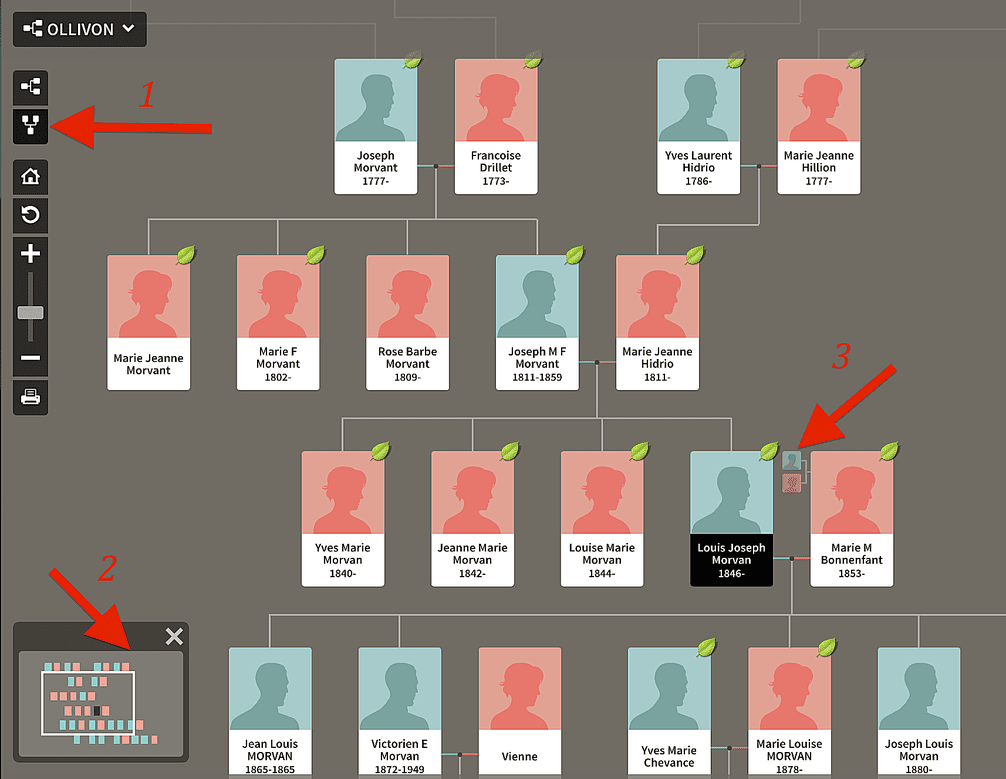
In my personal opinion the layout on Ancestry is one of the best and it can be very easily shared with friends, family and to other websites. You can of course also attach your DNA results to your Ancestry family tree so this is another big bonus of using this site as your primary family tree storage.
How Do You Share Your Family Tree on Ancestry?
So you want to share your tree with a family member. How do you go about this? Well you could treat it like a Netflix account and give that family member your Ancestry.com login details. Although let's be honest in the world in which we live and even with our own family, doing that kind of thing has inherent risks so it may not be the best choice for sharing.
It’s your tree and you built it so you certainly don’t have to hand over control to someone else. Ancestry.com makes it very easy for you to share your tree with as many people as you want and to whatever control level you choose.
I personally have given editing access to certain family members whose input I thought might be beneficial. You can also just give them a read only type access so they can see what you have but can’t do anything to alter the information. Not every family member understands boundaries and there’s always a cousin who thinks they're funny.
The actual process of sharing a family tree is remarkably simple and easy. Be aware though, it can be a little complex getting to the right place on the site to initiate the share. I have had to talk clients through the process so they can give me access to the tree they want me to work on.
- You start by logging into your account and from the home page choose the tree's dropdown menu located in the top toolbar of the screen.
- When the menu drops you will see a list of all your trees which may just be one or, for example in my case, I have several for specific branches of my family. Choose the tree you are intending to share and click on it.
- The next screen will be your tree and in the upper left hand corner of this screen below the Ancestry logo you will see a nameplate for your tree. On the right of this nameplate you will notice a downward arrow, click this for the dropdown menu.
- When the dropdown menu appears, scan right to the bottom and you will see “Invite” (Until recently this was called “Sharing”) click this.
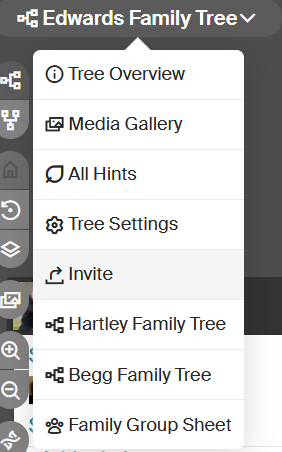
- You will now be at a screen that allows you to send an invitation to your tree. This can be sent to another Ancestry.com user if you know their username or to someone via their email address.
The rest of the process is simple enough and you need only follow the instructions given by the website.
What Level of Access Should I Give?
When you start the process of sharing your tree you will see that you have three options regarding the role you assign to the person you are sharing your tree with.
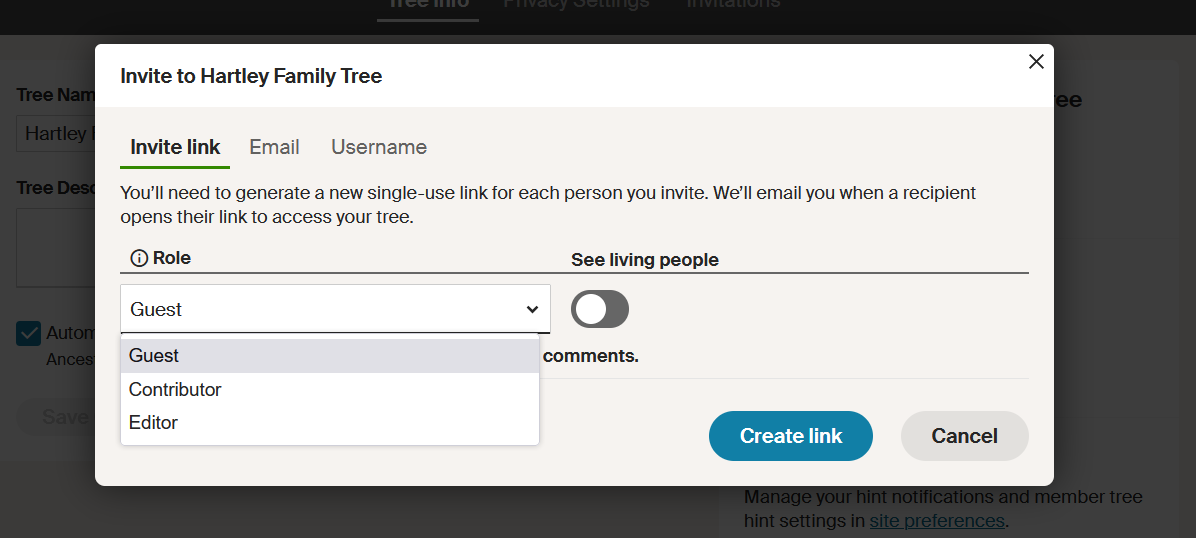
Guest
This is the most basic access you can share and simply allows the person to view the work you have done and the documents you have attached to your tree. If there is no reason for the person you are sharing the tree with to in any way alter the tree then you likely need only give them guest privileges.
Sometimes people might take it upon themselves to decide they think the tree is wrong in some way and if they have full access to it they may make a change that you do not agree with. I know of one individual who decided that they had found a link that proved the family was descended from Robert the Bruce.
This individual took upon themselves to delete the old hard researched connection and put in their tenuous and frankly wrong information. The tree owner was livid and had to remove their family member's access and then painstakingly find the old information all over again.
Contributor
This is the next level up of sharing and it allows the person to add information to the tree. This is great if it’s maybe an older member of the family whose memory might be jogged by seeing the tree laid out before them.
When asked about an uncle of his, my 90+ year old paternal grandfather for example recalled this Uncle Isaac and had forgotten that he had died during the First World War. This is hardly surprising as granddad wasn’t born until several years after the war so he never knew him.
This then is a good option for family members who you would like some input from but perhaps don’t want them deleting anything. It’s easier to remove something than it is to relocate information that someone deletes from your tree.
Editor
This is the highest access you can give to your tree and should be reserved for people you are willing to allow to help you in your research. I have this kind of access to a number of trees through clients who seek my help to make sure their tree is accurate and that they also want further research performed on.
I of course clear any major changes with clients before making them to ensure they are for this to be done. Often I will encounter a connection that simply does not work for example someone being listed as a parent who was only nine years old when the child was born. I know this isn’t completely impossible but highly improbable.
So if you are giving editor access then you are allowing that person to add information and delete information so be aware of this. Only give editor access to someone you trust and who you are willing to allow to make major changes to your tree.
Downloading as GedCom File
There is another way you can share your tree that allows for its use outside of the Ancestry.com website. A GedCom file is a digital copy of your tree that you can simply email to your family members or upload on another site yourself.
This allows you to share the information without giving actual access to your personal tree. Your family member could then upload it to Ancestry to start their own tree which they can do what they want with.
Downloading a digital copy of your tree from Ancestry.com is also an easy process just as with sharing although again you may need some directions to find the right place on the site to do this.
- You start by logging into your account and from the home page choose the tree's dropdown menu located in the top toolbar of the screen.
- When the menu drops you will see a list of all your trees which may just be one or, in my case, I have several for specific branches of my family. Choose the tree you are intending to share and click on it.
- The next screen will be your tree and in the upper left hand corner of this screen below the Ancestry logo you will see a nameplate for your tree. On the right of this nameplate you will notice a downward arrow, click this for the dropdown menu.
- From the dropdown menu scan down to where it says “Tree Settings.” You will note there is a small cog symbol to the left of the words. Click this.
- On the next screen to the right about halfway down you should see a small green box that says “Export Tree.” Click on this button.
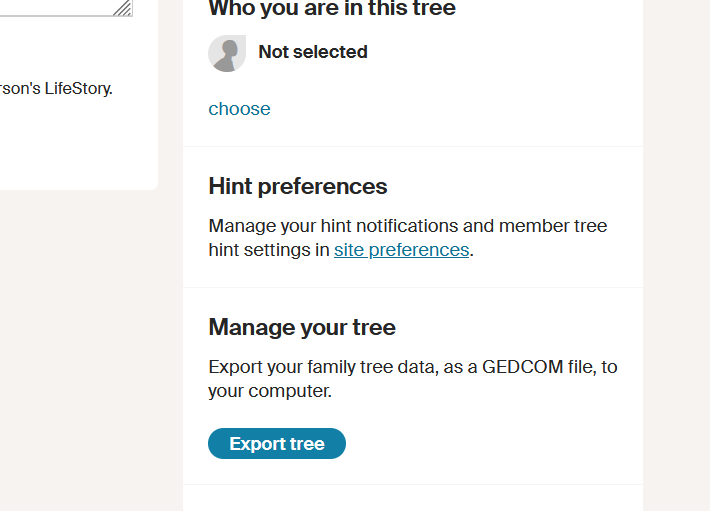
- Once the button has been clicked Ancestry begins the process of building your GedCom file. This may take a few minutes or even hours depending on the size of your tree.
- Once complete another green button appears, this time saying “Download GedCom File.” Click on this and choose to save it when prompted.
That’s it, you're all done. You now have a digital copy of your Ancestry tree saved to your computer that you can send to family or upload on other websites such as FamilySearch.org, Wikitree and many more.
Conclusion
It is very easy to share your family tree from Ancestry.com. You can either give someone access to your tree or you can give them a digital copy of the tree. It is important to share the family history especially as it was lost once already before you gathered it together through your hard work.
You might be the only one in the family that finds it so thoroughly fascinating but later on your children or nieces and nephews might take an interest and pick up the torch after you. Who we are is the sum of those who came before us so we should share that information with those who come after us.
Link To or Reference This Page
We spent a lot of time downloading, cleaning, merging, and formatting the data that is shown on the site.
If you found the data or information on this page useful in your research, please use the tool below to properly cite or reference Name Census as the source. We appreciate your support!
-
<a href="https://namecensus.com/blog/how-to-share-a-family-tree-on-ancestry/">How to Share a Family Tree on Ancestry</a>
-
"How to Share a Family Tree on Ancestry". NameCensus.com. Accessed on April 23, 2024. https://namecensus.com/blog/how-to-share-a-family-tree-on-ancestry/.
-
"How to Share a Family Tree on Ancestry". NameCensus.com, https://namecensus.com/blog/how-to-share-a-family-tree-on-ancestry/. Accessed 23 April, 2024
-
How to Share a Family Tree on Ancestry. NameCensus.com. Retrieved from https://namecensus.com/blog/how-to-share-a-family-tree-on-ancestry/.
